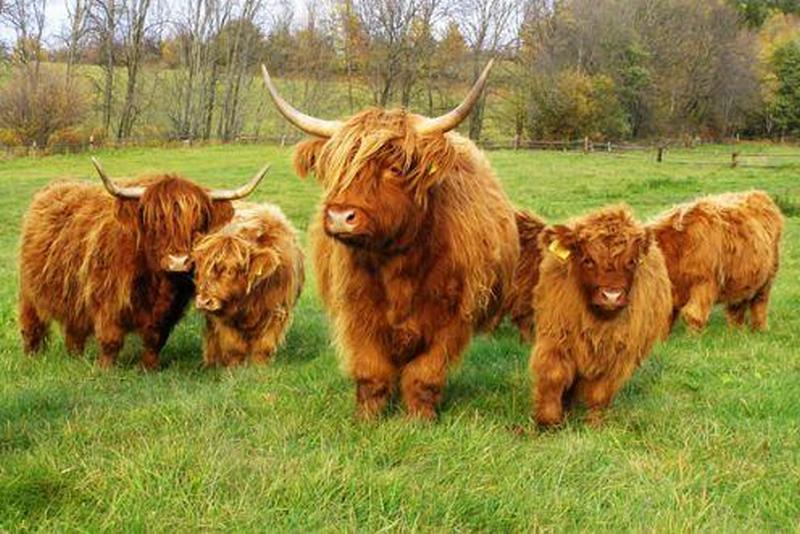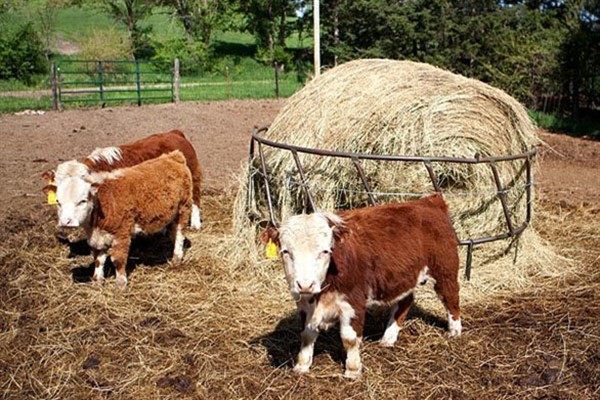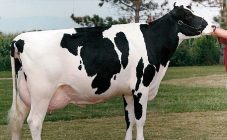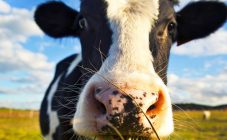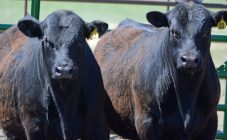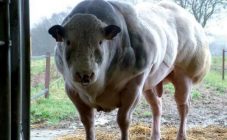Content:
The miniature ladybug is a special animal. In the household and in business, it is able to provide both milk and meat. With proper care and maintenance, the cow is guaranteed to produce high quality products. As for the breeding of dwarf species, this is an almost unoccupied niche, which means it is a profitable business project, moreover, for animal lovers, this activity can become a wonderful exotic hobby.
How such cows appeared
Dwarf cows are fundamentally different from other dwarf animals in that their productivity is preserved. One miniature cow a day is capable of producing 3 liters of milk, and sometimes even more. In addition, the meat of such animals has good taste, moreover, it is considered dietary, since it contains almost no fat. This makes it quite popular all over the world, despite its high price. Only a few restaurants can afford to cook dishes from the meat of these delicious cows.
The Hindu mini-cow is the center of the family. Dairy products form the basis of the diet of local residents. According to traditional Indian medicine, fresh cow dung is also used to treat some ailments.
Highland mini cows
The dwarf Highland cow (Haighland) is a breed bred in Scotland and is distinguished by its productivity among other meat varieties and, at the same time, small stature. In 1885, the Highland breed was entered in the world register of cattle (cattle). At that time, she was known among the locals under a different name - Kyloes.
Characteristic features of the breed are long horns and shaggy black, red, yellowish or gray-brown coats.
Zebu
The small Zebu cow is widespread in Pakistan, Africa and India. Through the efforts of breeders, many undersized varieties have been bred. To date, their number has exceeded 70 species. However, the flip side of active selection is the disappearance of the purebred breed line. The well-coordinated work of local breeders who created special farms helped to restore the population of the original breeds.
The decorative Zebu cow is distinguished by its small size. An adult grows no more than 90 cm in height and weighs no more than 80 kg. These cows can also be distinguished by the large hump just behind their head. In this hump, they are like camels, they store fats, which they consume when there is a lack of food and water.
General care rules: tips and tricks from experienced breeders
A good reason for raising dwarf cows is that they take up very little space in small barns and consume significantly less food. For the winter, hay is prepared for them, and this is quite enough, and as for compound feed, its use is not required at all. In the summertime, mini cows will be pleased with the fresh grass in the pasture.
However, they also require special care:
- regular brushing;
- hoof cleaning.
Miniature cows are distinguished by their peacefulness and friendliness. Dwarf breeds of cows are less likely to get sick, are easy to care for. These qualities make mini cows in demand, as evidenced by the ever-increasing demand for them. In addition, their number around the world is only growing every year.
Caring for dwarf cows is so easy that even children can handle it and is sometimes practiced on small farms. Many livestock breeders also acquire these animals due to their beautiful decorative appearance.
Animal care in summer
In summer, the cows will be comfortably accommodated in an open shed, which will protect them from the sun and precipitation; it is equipped with a manger for fodder.
It is necessary to gradually accustom animals to pasture. This takes about 7-10 days. At this time, it is worth making sure that the animals do not overeat succulent feed, and especially, grass wet from dew or rain. Otherwise, there may be problems with the operation of the scar.
Winter animal care
Cows require special attention in winter. They need a well-lit and ventilated warm dry barn.
Feed during this period should be balanced, and food is recommended 2 times a day. You can give silage, hay, beets, pumpkin, fodder and other feed. It is preferable to give them hay and fodder at night. Special vitamin preparations will help to fill in the missing vitamins and minerals.
Advantages and disadvantages of breeds in comparison with other breeds
The main differences between regular-sized and dwarf cows are their height, weight, and productivity. India is the first country where they started breeding these miniature animals. Since then, the number of their varieties has grown to 30. The average height of a mature individual at the withers is not more than 90 cm, and the weight is 80-200 kg. While the average representatives of large breeds of cows weigh 700-800 kg with a growth of about 1.5 m.
The productivity of one dwarf individual is 3-8 liters of milk per day, while large breeds provide about 23 liters of milk over the same period. Mini-cows are able to bring new offspring with the same qualities to their owners every year.
The area of pasture for such animals is needed several times less than for ordinary ones. Keeping a large cow for the needs of the family is not entirely justified and often does not pay off, despite the large amount of daily milk produced, in addition, a lot of trouble is associated with this. At the same time, milk from a dwarf cow is much tastier and can be stored for a long time even outside the refrigerator. It is able to maintain its freshness throughout the day at 35 degrees of heat, which indicates its usefulness for the human body.
Breeders around the world had different goals in breeding dwarf cows. The result of their labors was this cute and kind animal, with a cute appearance, capable of not only being a decorative addition to the farm, but also giving a sufficient amount of tasty milk and even meat.
